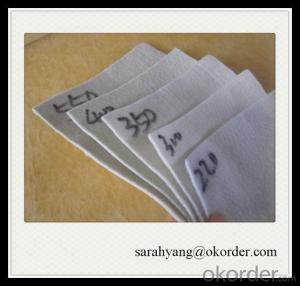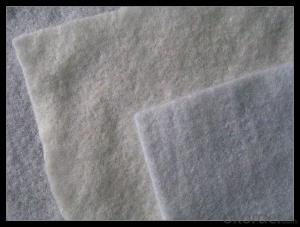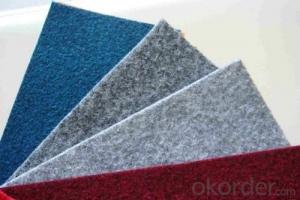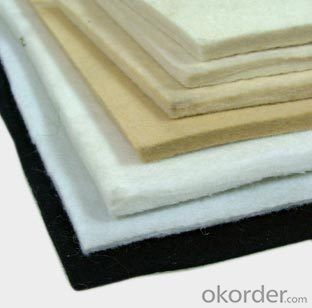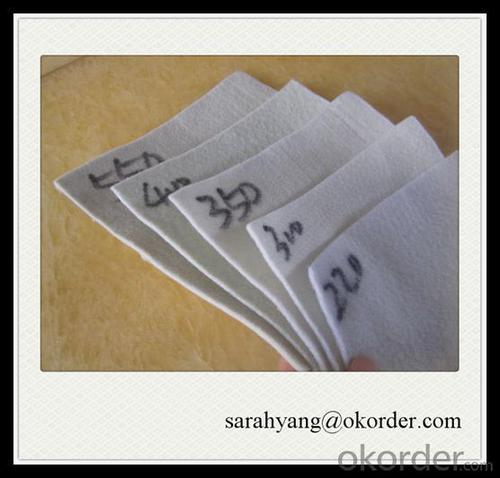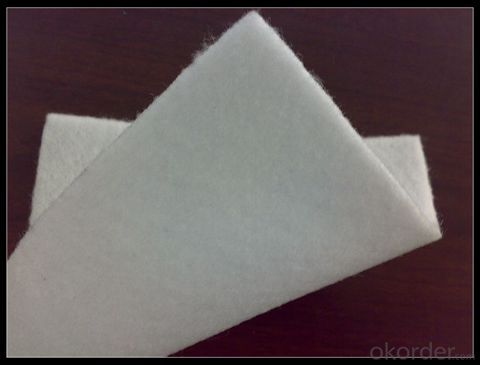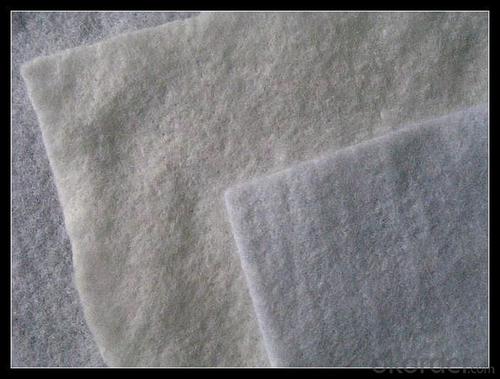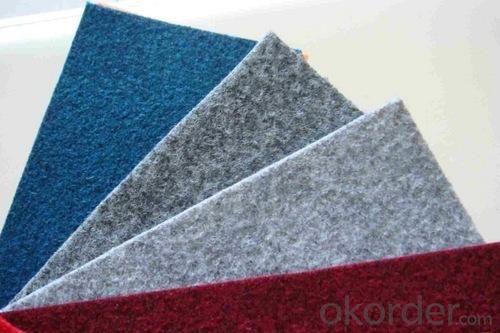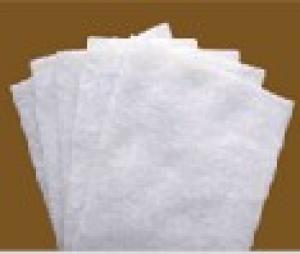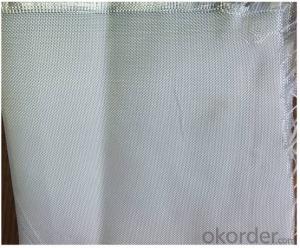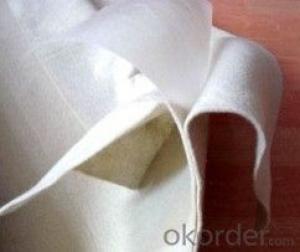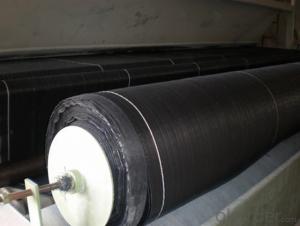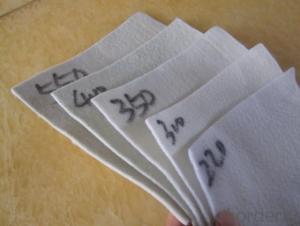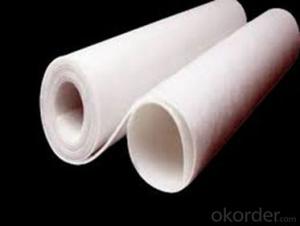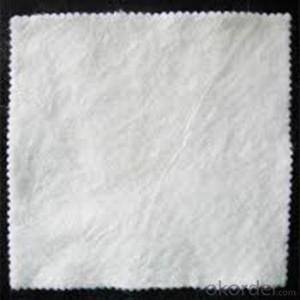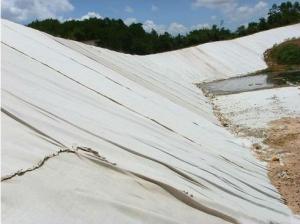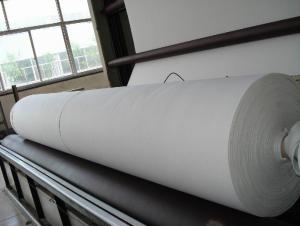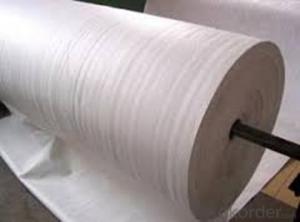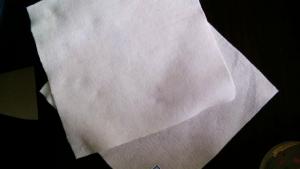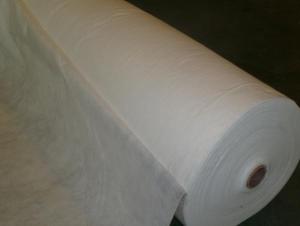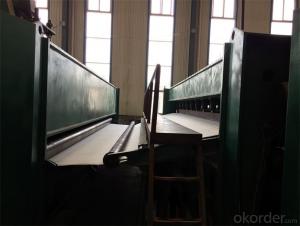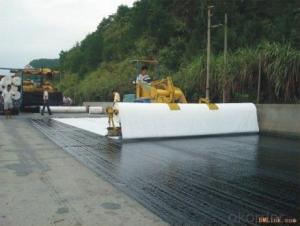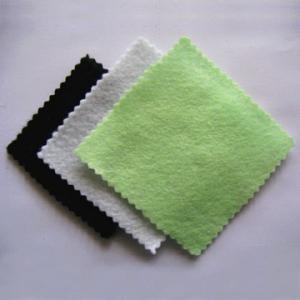Geotextile Mtq Road Construction Nonwoven Geotextile Fabric for Construction Companies
- Loading Port:
- China main port
- Payment Terms:
- TT OR LC
- Min Order Qty:
- 1000 m²
- Supply Capability:
- 500000 m²/month
OKorder Service Pledge
OKorder Financial Service
You Might Also Like
Specification
1) Filtration :
1) Weight / Mass: 100g/m2-800g/m2
2) Width: Within 8 m (1m-8m)
3) Length: 50m-100m/roll (as request)
4) Material: PP / PET
Geo Textiles
Geotech segment comprises of technical textile products used in Geotechnical applications pertaining to soil, rock, earth etc.
This class of product is loosely called Geotextiles.
However Geotextiles particularly refers to permeable fabric or synthetic material, woven or non-woven, which can be used with geotechnical engineering material.
The principal functions performed by Geotextiles are
Confinement /separation,
Reinforcement,
Filtration and drainage, and
Protection.
Detailed Images
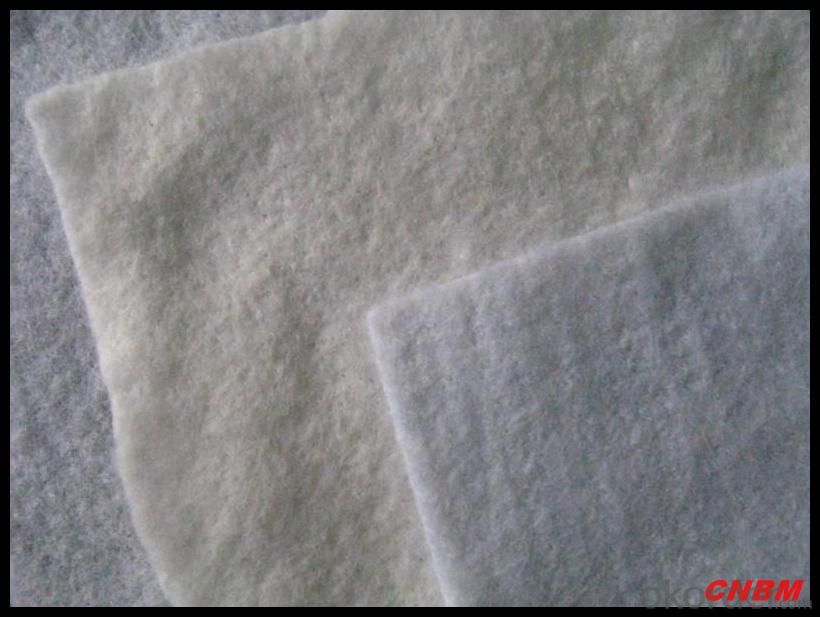
Packaging & Shipping
Packing: PLASTIC FILM INSIDE, AND WOVEN BAG OUTSIDE
Shipping: About 15 days after receipt the deposit
pecifications
geotextile fabric
permeability,filtration,easy for construction
ISO and CE certificate
Good quality and competitive price
Our Service
Quality assurance
1.On a regular basis or as per your request,we entrust national testing agencies to conduct quality inspections
2. Strictly in accordance with the ISO9001-2008 international quality system standard,we monitor and manage the whole process throughout production,quality testing,and measurement to ensure product quality
3. For quality-related construction delay or substandard construction(except for damage or losses due to customer’s responsibility or irresistible natural disasters),we have refunding,replacement,and repair services.We will respond to customers’ feedbacks on quality issues within 24 hours.
After-sales service
1.In order to provide customers with comprehensive technical support,we will provide technical and other related information upon request in a timely manner.
2.In required,we will appoint specialized technicians to the construction site to give technical trainings to construction people,and offer technical guidance throughout the whole construction process.
3.For damage due to shipment and delivery,after we receive the complaint,we will check the issure through provided pictures and videos.If our responsibility is confirmed,we wil offer free replacement.
4.When the construction is completed,as your request,our technical staff may participate in the final acceptance.
FAQ:
Q: What kind of payments does jenor support?
A: T/T, L/C, Cash are accepted.
Q: Do you charge for the samples?
A: Accordeing to our company policy, the samples are free, we only charge the freight fee. And we will return the freight fee during the next order.
Q: Can you produce according to customers' design?
A: Sure, we are professional manufacturer, OEM and ODM are both welcome.
Q: Do you have other products?
A: Yes, please check the pictures:
- Q: We have built a swingset with a built in sandbox. I am looking for geotextile fabric to put under the sandbox to keep weeds & roots out. Any ideas where I can get this from? Local home improvement stores do not stock geotextile fabric. I bought some from a pool supply store for my pool bottom, but they don't sell custom sizes.
- Buy Geotextile Fabric
- Q: How do geotextiles improve the performance of dams?
- Geotextiles improve the performance of dams by providing reinforcement, filtration, and erosion control. They can enhance the stability of the dam structure by acting as a barrier against seepage and offering additional support. Geotextiles also act as a filter to prevent the migration of fine particles through the dam, ensuring its long-term integrity. Additionally, they help in controlling erosion by stabilizing the soil and preventing the washout of material from the dam surface.
- Q: Can geotextiles be used in the protection of retaining walls?
- Yes, geotextiles can be used in the protection of retaining walls. Geotextiles are often used as a filter or separation layer behind retaining walls to prevent the migration of fine soil particles and provide drainage. They help in distributing the load and reducing the pressure on the wall, increasing its stability and lifespan.
- Q: How do geotextiles help with reinforcement of geogrid reinforced embankments?
- Geotextiles help with reinforcement of geogrid reinforced embankments by acting as a separation layer between the soil and the geogrid. They prevent the intermixing of different soil layers, thereby maintaining the stability and integrity of the embankment. Additionally, geotextiles enhance the drainage capabilities of the embankment by allowing water to pass through while retaining the soil particles. This helps in reducing the potential for erosion and maintaining the long-term performance of the embankment.
- Q: How are geotextiles classified?
- Geotextiles are classified based on their functions, materials, and construction methods.
- Q: Are geotextiles suitable for use in geotextile-reinforced soil walls?
- Yes, geotextiles are suitable for use in geotextile-reinforced soil walls. Geotextiles provide strength, stability, and erosion control to the walls, making them an effective and commonly used material in reinforcing soil structures.
- Q: Staple acupuncture non-woven geotextile is what material synthesis
- Using polyester staple fiber fineness of 6-12 denier, the length of 54-64mm polyester crimped short fiber as raw material. Polyester staple fiber is made of polyester (that is, polyethylene terephthalate, referred to as PET, from PTA and MEG polymerization) re-spinning into the fiber after cutting.
- Q: Where can the general use of geotextile water can be bought
- Lingxian geotextile manufacturers, welcome to visit
- Q: How do geotextiles help in preventing lateral spreading of soil?
- Geotextiles help in preventing lateral spreading of soil by acting as a barrier that stabilizes the soil and restricts its movement. These synthetic materials are placed between layers of soil to provide reinforcement and prevent the lateral displacement of soil particles. The geotextiles act as a separator, allowing water to pass through while retaining soil particles, thus reducing the potential for soil erosion and lateral spreading.
- Q: Planting roofing geotextile lap way
- Lap 10 cm, sewing with sewing machine, I specializing in the production of roofing with geotextile, drainage board and other products, wish smooth
Send your message to us
Geotextile Mtq Road Construction Nonwoven Geotextile Fabric for Construction Companies
- Loading Port:
- China main port
- Payment Terms:
- TT OR LC
- Min Order Qty:
- 1000 m²
- Supply Capability:
- 500000 m²/month
OKorder Service Pledge
OKorder Financial Service
Similar products
Hot products
Hot Searches
Related keywords


